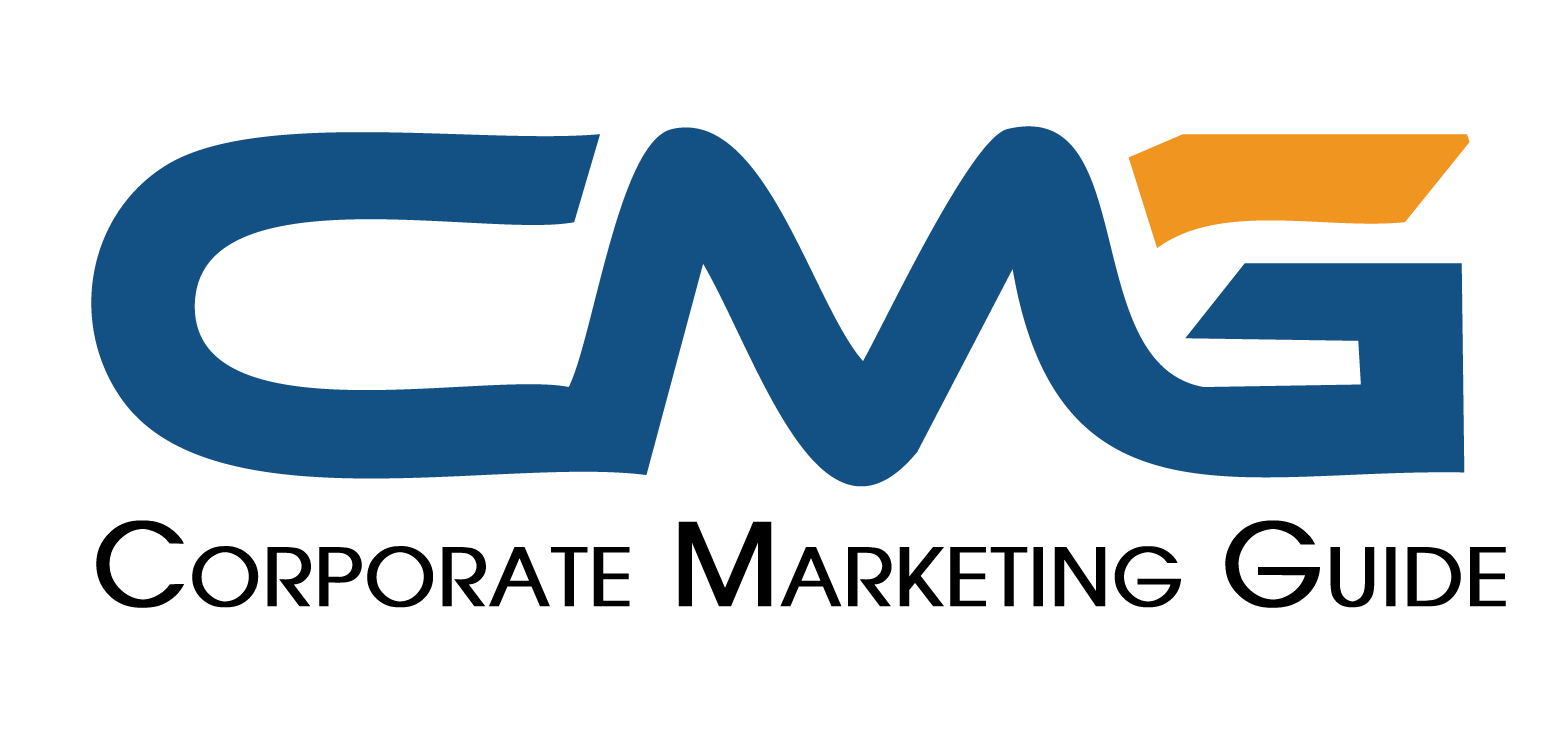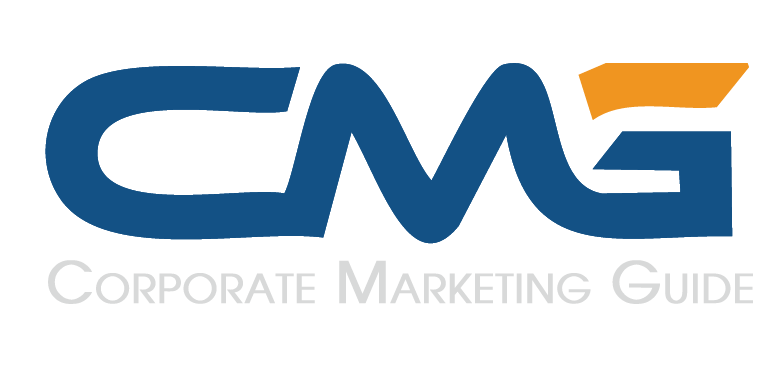Imagine trying to build a website without having to touch a single line of code. Sounds like a dream, right? Well, that’s exactly what drag-and-drop for HTML WYSIWYG editors brings to the table. Gone are the days when only coders could build websites.
Now, with drag-and-drop technology, anyone can design a site by simply clicking, dragging, and dropping elements into place. It’s fast, intuitive, and perfect for beginners or those who just want to get things done. In this article, we’ll explore how these user-friendly design platforms are reshaping web development and why they’ve become a go-to for modern creators.
Key Benefits of Drag-and-Drop Editors
Let’s talk about why drag-and-drop editors are becoming the new standard in web design. First off, it’s all about simplicity. These tools make it incredibly easy to create professional-looking websites without needing to learn complex coding languages. You simply select elements like text, images, or buttons and place them wherever you want. The entire process is visual, making it feel more like arranging a layout than writing code.
Another major benefit? Speed. With rapid prototyping tools and visual programming interfaces, you can put together a fully functioning site in a fraction of the time it would take with traditional coding. And let’s not forget about customization—you have the freedom to tweak your designs with drag-and-drop customization, letting you build exactly what you envision without limitations.
By using no-code website builders, even those with zero coding experience can develop sleek, professional sites. It’s the ultimate tool for creators who want results fast.
Leading Drag-and-Drop HTML WYSIWYG Editors
Not all drag-and-drop editors are created equal. Some have risen to the top as go-to tools for designers and developers alike, thanks to their user-friendly design platforms and robust features. Let’s take a look at a few of the leading contenders in this space:
- Froala: Known for its sleek interface and easy-to-use drag-and-drop customization, Froala allows users to design beautiful web pages without needing to code. It’s particularly popular for creating rich-text editing experiences with interactive design features.
- Webflow: A favorite among designers, Webflow combines drag-and-drop technology with visual coding languages. This platform allows for advanced design flexibility while still offering a no-code website builder for those less familiar with development.
- Wix: One of the most popular platforms for beginners, Wix’s drag-and-drop editor enables anyone to build a website with pre-made templates and widgets, all without writing a single line of code.
These platforms have revolutionized web design by offering visual programming interfaces that allow for quick development and easy editing, making them indispensable in today’s fast-paced digital world.
Impact on Design and Development
The introduction of drag-and-drop HTML WYSIWYG editors has significantly changed how designers and developers approach their work. These tools have simplified the design-to-code process, allowing creators to focus on the visual aspects of their projects without getting bogged down in complex code.
Here’s how drag-and-drop editors are impacting the workflow:
- Faster development: By using drag-and-drop customization and visual asset management, teams can quickly prototype and test their ideas, speeding up the design and development process.
- Collaboration made easy: Non-developers can now participate in the design process using interface layout editors and software user adaptability. This opens the door for better teamwork, as designers and marketers can make updates without needing a developer to step in.
- Lower learning curve: For beginners or those looking to build a site without formal coding knowledge, drag-and-drop technology offers an intuitive way to create. This drastically reduces the software learning curve and helps people get their projects up and running faster.
In short, these editors are transforming how we think about website creation—enabling both professionals and non-experts to contribute to the design process and meet the growing demand for rapid development frameworks.
Future Trends
The future of drag-and-drop HTML WYSIWYG editors looks promising as these platforms continue to evolve and adapt to modern web design needs. With technology constantly advancing, we can expect even more sophisticated features and tools that make web design faster, more efficient, and more accessible to everyone.
Some key trends to watch include:
- AI-powered design tools: Artificial intelligence is set to play a larger role in web development. Drag-and-drop editors might soon include AI-driven suggestions for layouts, color schemes, and even content based on user behavior and trends.
- More responsive designs: Expect a stronger focus on creating websites that look great on any device. Responsive design templates and features that optimize layouts for mobile, tablet, and desktop views will become more advanced.
- Integrated e-commerce solutions: As online shopping continues to grow, drag-and-drop editors will likely include more built-in tools for e-commerce sites, making it easier to create product pages, manage inventory, and process payments.
These trends suggest that drag-and-drop customization will continue to push the boundaries of what’s possible in web design, making it easier for everyone to create beautiful, functional sites.
Conclusion
In a world where time is money, drag-and-drop HTML WYSIWYG editors are quickly becoming the go-to solution for fast, efficient web design. Whether you’re a beginner or a seasoned professional, these tools offer the perfect balance of simplicity and power. From building websites without code to integrating complex interactive design features, drag-and-drop editors like Froala are here to stay.
As we look to the future, expect even more innovations that make web development more accessible, responsive, and intelligent. Ready to dive into drag-and-drop technology? The future of web design is already here.
FAQs
1. What is a drag-and-drop HTML WYSIWYG editor?
Ans: It’s a tool that allows you to design websites visually by dragging elements into place without needing to write any code.
2. How do drag-and-drop editors improve web design?
Ans: They speed up the design process, simplify layout customization, and make it easier for non-coders to build professional websites.
3. Can I create responsive websites using drag-and-drop editors?
Ans: Yes, most modern drag-and-drop editors come with built-in features to ensure your website looks great on all devices.



